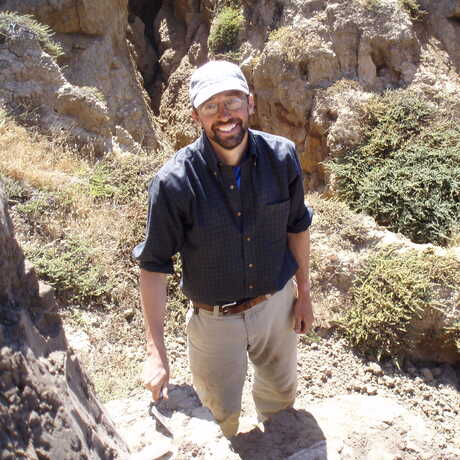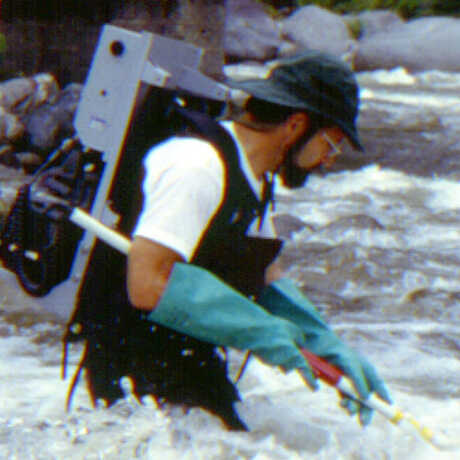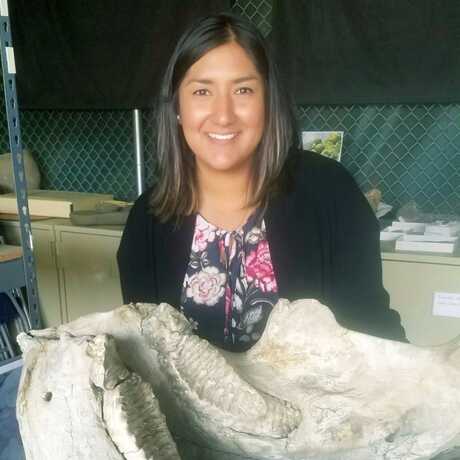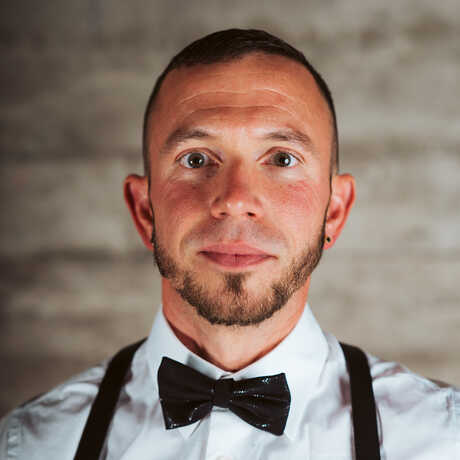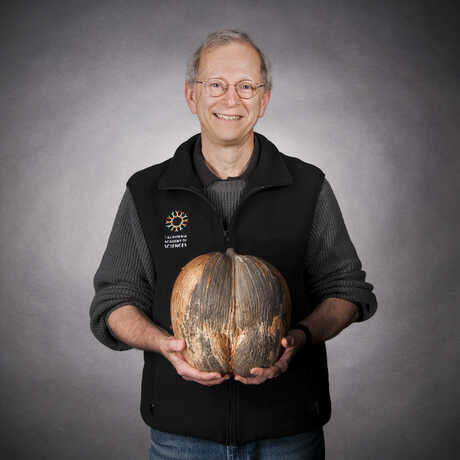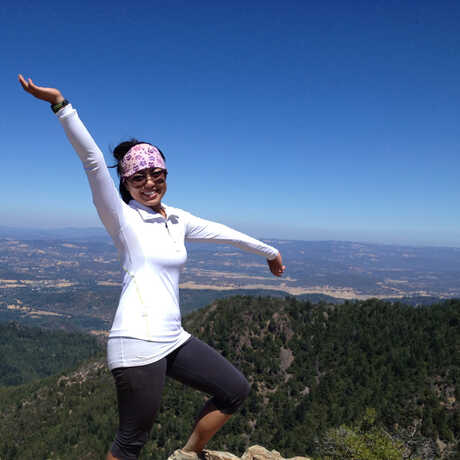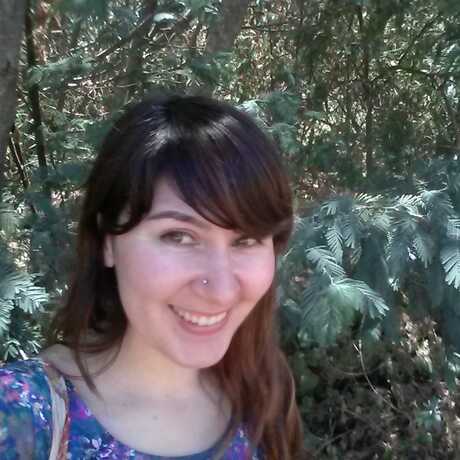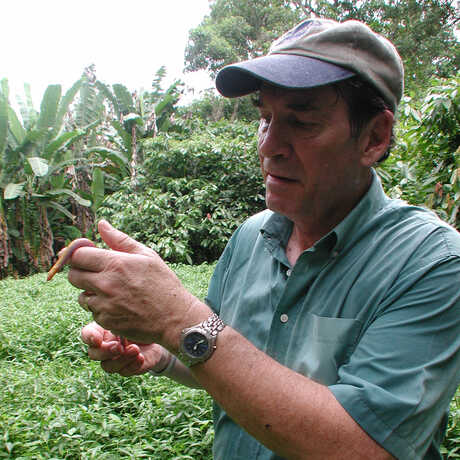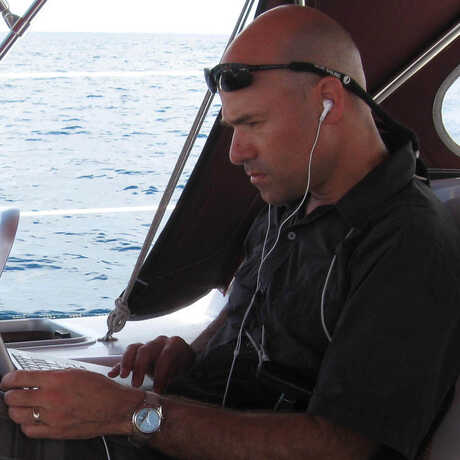Search for Academy curators, collections managers, and research staff working to answer some of the world's most pressing scientific questions.
Dr. Todd Braje is an anthropological archaeologist, associate professor, and Research Associate in Anthropology at the California Academy of Sciences. His research interests include the deep history of maritime migrations and adaptations, human-environmental ecodyamics, and historical ecological approaches to understanding hunter-gatherer-fishers.
Crystal is a Mexican-American vertebrate paleontologist with over 10 years of experience working with geological and paleontological collections. She holds degrees in Geology (BS) and Environmental Science (MSc). Her research interests include Cenozoic fossil shark assemblages and conservation paleobiology topics.
Seth earned a Master of Library and Information Science degree at San Jose State University and previously worked in Archives and Special Collections at University of California San Francisco.
I began my work with CAS Ornithology and Mammalogy as a volunteer in 2016, working in marine mammal stranding response and bone preparation and was subsequently hired on as a curatorial assistant. I have my MSc in marine biology, completing a thesis on northern elephant seal physiology and behavior. My current role at CAS involves bone preparation and marine mammal stranding response, including large whale necropsy.
For the past 30 years the major emphasis of my research has been the study of New World Acanthaceae (shrimp plants and their relatives). Although known in temperate regions primarily for showy ornamentals, the Acanthaceae are the 11th largest family of flowering plants (with more than 4,000 species) and a prominent element of many tropical regions. Mexico and Central America comprise a major center of diversity for this family.
I came to the Academy as a volunteer in 2016 in the Geology Department. Now, I split my time working as a Research Assistant for Geology and a Curatorial Assistant in Botany. Some of my duties include collections care, data cleaning, digitization, loan processing, volunteer management, and assisting visiting researchers. I have a B.S. from UC Davis in Wildlife, Fish and Conservation Biology with a minor in Environmental Toxicology. Recently, I graduated from San Jose State University's Master of Library and Information Science program.
I am interested in ecology and evolution, and most of my work has focused on birds and more recently mammals. Our department of birds and mammals conducts research on local marine mammals, collaborates with US Fish and Wildlife for important surveys of public lands, and we do a variety of research ranging from studying why birds fly into windows in urban settings to how toxic birds acquire and use poisons for defense to using genetics to study relationships among species of animals (and more...) We currently have students in the lab ranging from high school, Masters students, PhD students
